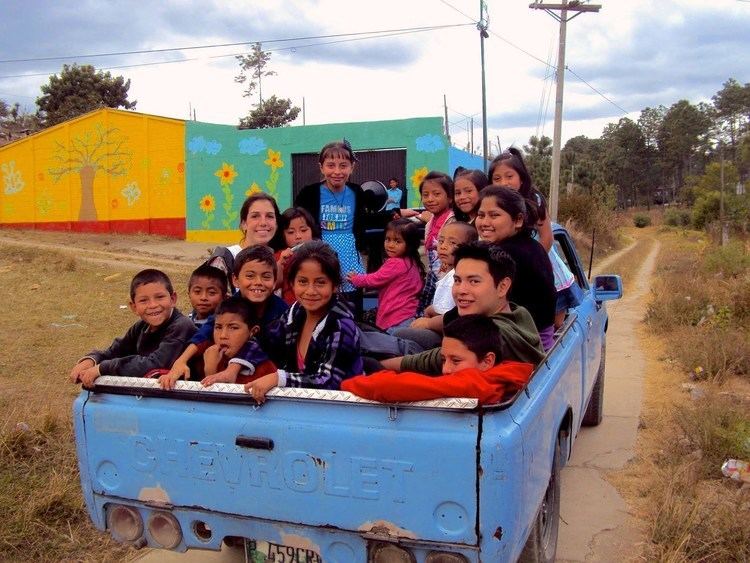Climate Cwb Local time Saturday 11:41 PM | Department Chimaltenango Area 212 km² Population 43,900 (2002) | |
 | ||
Weather 12°C, Wind N at 13 km/h, 85% Humidity | ||
Finding a car in guatemala city chimaltenango cuatro quesos vlog 2
Chimaltenango is a town in Guatemala of some 43,900 people (as of 2002). It serves as both the capital of the department of Chimaltenango and the municipal seat for the surrounding municipality of the same name. Chimaltenango stands some 35 miles west of Guatemala City, on the Pan-American Highway. The municipal capital produces textiles and pottery and is also the home of the Rose Education Foundation, a non-profit organization working to make educational opportunities available to children living in rural areas in Guatemala.
Contents
- Finding a car in guatemala city chimaltenango cuatro quesos vlog 2
- Map of Chimaltenango Guatemala
- Chimaltenango guatemala
- History
- Sports
- Famous citizens
- Climate
- Geographic location
- References
Map of Chimaltenango, Guatemala
Chimaltenango guatemala
History
In Pre-Columbian times what is now the city of Chimaltenango was known to its native inhabitants as B'oko' . Like many other cities in the area, the Spanish Conquistadores used the name given by their Nahuatl speaking allies from central Mexico. The Nahuatl name was Chīmaltenānco, meaning "Shield City." The current town was found in 1526 by Spanish conquistador Pedro de Portocarrero, and shortly after it was assigned by bishop Francisco Marroquín to the Order of Preachers, along with Jocotenango, Jilotepeque, Sumpango, Candelaria, Amatitlán, Petapa, Mixco and Pinula. The general areas with under the jurisdiction of "Valle de Pasuya" (English: Pasuya Valle) in those days, which had nine valleys, among them the Chimaltenango Valley; this valley bordered with Xilotepeque valle on the northwest, with Mixco valley on the East, with Guatemala on the North and with Sololá Prinvice on the West. Furthermore, the Valle of Pasuya had to mayor municipalities: Chimaltenango —which covered Chimaltenango, Xilotepeque and Alotenango valleys—, and Sacatepéquez —which covered the rest.
After the independence from Spain in 1821, the town was elevated to "villa" status in 1825 but apparently lost some luster, as one can infer from archeologists Alfred Percival Maudslay wife's description from a trip there in 1895. Anne Cary Maudslay, wrote: "We were not tempted to loiter for long, and rode on again over the dull plain to the [...] uninteresting town of Chimaltenango, where we proposed to spend the night. The hotel was dirty and the bedrooms so unpleasant that we would have none of them, and sent Gorgonio to hunt for an empty room in which we could put up our own beds. This he found in a "meson", or caravanserai, attached to the hotel, where there was a goodsized room and a rough kitchen opening on a patio in which we could turn the beasts loose for the night. A sprinkling with water, a good sweeping,and a free use of Keating's powder, soon made the room habitable. The supper at the hotel was, however, far above the average, and the only thing to complain of was the poor forage supplied to the mules.".
Sports
América de Chimaltenango football club has played the 2009/2010 season in Guatemala's second division. They play their home games in the Estadio Municipal de Chimaltenango.
Famous citizens
Climate
Chimaltenango has a subtropical highland climate (Köppen: Cwb).
Geographic location
It is completely surrounded by Chimaltenango Department municipalities:
